When your bathroom project becomes a disaster zone because you chose the wrong wall material, the repair bills add up fast. Regular drywall in a bathroom is basically feeding money to mold and moisture damage. You need materials that can handle what bathrooms throw at them, steam, splashes, and humidity swings that would make regular drywall wave the white flag.
Difficulty: Moderate Time: 45-90 minutes (depending on bathroom size) Cost: $12-$22 per sheet
Here is the thing about bathroom drywall, it is not about slapping up any moisture-resistant board and calling it good. Different areas need different levels of protection. Pick wrong and you get bubbled paint, black mold, and pricey do-overs. Let’s break down options that actually last.
Safety First
- Wear dust masks, safety goggles, and work gloves during cutting and installation
- Ensure proper ventilation during installation to prevent moisture buildup
- For cement board cutting, use respirator protection and cut outdoors when possible due to dust generation
- Power off electrical circuits at the breaker and verify with a non-contact tester before working around fixtures
Understanding moisture-resistant drywall basics
Think of moisture-resistant drywall as regular drywall’s tougher cousin. These boards feature water-repellent cores treated with compounds like silicone, plus specially treated surfaces designed to resist humidity. Where regular drywall soaks up moisture like a sponge, standard gypsum boards absorb water quickly, leading to bubbling, peeling, and discoloration. Moisture-resistant varieties block penetration at the source.
Manufacturers often infuse the gypsum core with silicone or other water-repellent compounds, then wrap it in treated paper or fiberglass mats that resist mold, mildew, and fungus growth. Edges are not an afterthought, joints are vulnerable, so they are often sealed to prevent moisture ingress at vulnerable joints. The payoff is a system that delivers reduced maintenance costs, extended lifespan of interior finishes, and a healthier indoor environment. Most homes use half-inch panels, and for areas with moisture, specialized contractors recommend green board or cement board based on exposure.
Green board: the affordable moisture fighter
Green board is the go-to when you want solid protection without blowing the budget. It is a water-resistant drywall with green paper facing that is wax-coated for enhanced moisture protection. The color is easy to spot on site, and installers like how it handles humidity and occasional splashes while reducing mold risk.
Cost-wise, it hits the sweet spot. At $12 to $20 per sheet, you get real moisture resistance without the premium. It is also lighter than cement board, so handling and cutting are easier. Since it uses standard drywall tools and techniques, labor stays straightforward.
Safety: Use moisture-resistant screws and wear appropriate PPE during installation.
Know the limit. Green board is water-resistant, not waterproof, and should not be used behind shower tiles or in areas with direct water contact. It is built for general bathroom humidity and occasional splashes. Prolonged exposure or excessive moisture can cause deterioration over time, leading to mold and mildew growth.
Purple board: premium protection with extra benefits
Purple drywall turns up the protection with better mold resistance. It is a high-performance, mold-resistant drywall with a treated gypsum core and moisture-resistant purple paper facing. It also inhibits mold growth and handles direct water contact better, so it shines in tricky bathrooms.
The price bump is modest. Purple board runs $12 to $22 per sheet, with some specialty versions higher. You get more than moisture defense. It delivers sound dampening and fire resistance due to its crystallized gypsum core. The acoustically enhanced core helps dissipate sound transfer and structural noise, handy if your bathroom shares a wall with a bedroom.
Use it in higher-moisture spaces like bathrooms near showers, kitchens, basements, and laundry rooms. Tradeoffs still apply. You may see slightly higher cost and heavier weight, potentially requiring reinforced framing. And like green board, it is not fully waterproof and should not replace cement board in shower enclosures.
Cement board: the waterproof champion for wet zones
When direct water is a sure thing, cement board is the heavyweight choice. It is a rigid board made from cement-based material for areas with direct water exposure. Unlike gypsum products, cement board is waterproof and will not support mold or mildew growth, even under constant splash-and-soak conditions.
Safety: Cement board cutting requires specialized tools and generates significant dust, always wear respirator protection and cut outdoors when possible.
Cement board dominates where others fail. It is ideal for shower walls and tub surrounds because it has excellent water resistance and will not deteriorate or erode due to water. Pros choose it because it is extremely durable and can withstand exposure to moisture for an extended period without deteriorating. If you need a substrate that will not quit in wet conditions, this is it.
There are tradeoffs. Cement board is more expensive than green board and other drywall alternatives. It is also heavy and more difficult to cut and install. The installation process is more labor-intensive and requires specific tools, so expect more time and effort. For shower stalls, tub surrounds, and tile backers, it is still the standard.
Choosing the right option for your bathroom project
Let your moisture zones drive the plan. For general walls away from water, green board provides adequate protection at reasonable cost. Areas that see higher humidity or occasional splashes benefit from purple board’s enhanced resistance, plus the sound control bonus.
Zone-Based Decision Framework:
- Wet zones, shower stalls and tub surrounds: Cement board required
- High-humidity zones, near shower or over a bathtub: Purple board recommended
- General bathroom areas, walls away from water: Green board sufficient
Professional contractors recommend cement board for areas prone to direct water exposure. Wet zones need waterproof protection that gypsum products cannot provide long term. Do not save a few bucks with green or purple board in a shower, those shortcuts tend to boomerang.
Budget and installation matter too. Green board costs less than purple, cement board runs highest but protects wet areas best. Installation complexity varies, green and purple boards use standard drywall techniques, while cement board needs specific tools and a sturdier arm. Match the choice to your DIY comfort, or line up a pro.
Smart installation tips that prevent problems
Good materials still need good technique. Use moisture-resistant screws and joint compound throughout the project. This is not the place to mix in regular components that fail under humidity.
Safety: Ensure proper ventilation systems are installed before drywall work begins to manage ongoing moisture levels.
Add a little insurance. Apply moisture barriers like polyethylene sheets or liquid membranes over studs before hanging panels. It extends the life of the installation, especially in tricky rooms.
Dial in the details that keep water out. Cover all edges with appropriate tape and ensure proper ventilation systems are installed before drywall work begins. Seal gaps around fixtures and vents with appropriate caulking or foam insulation to stop air leaks that lead to trouble later.
Finish with mold-resistant paint in satin or semi-gloss. These finishes shed moisture better than flat paint and clean up easily.
Troubleshooting
- Problem: Bubbling or peeling after 48 hours → Fix: Check for moisture intrusion, may indicate wrong drywall type or inadequate ventilation
- Problem: Edges lifting or separating → Fix: Ensure moisture-resistant tape and compound were used, check for leaks behind the wall
- Problem: Mold spots appearing despite moisture-resistant drywall → Fix: Verify ventilation, upgrade to a higher-resistance type or add a vapor barrier
Making the smart choice for lasting results
The right drywall choice protects your investment and keeps repairs off your calendar. Green board covers budget projects in moderate moisture zones. Purple board steps up protection where mold resistance and sound dampening matter. Cement board is nonnegotiable for direct water, even with higher material and labor costs.
Think through your bathroom’s conditions, budget, and installation skills. Professional installation can be worth it, especially for cement board work. Quality materials, installed correctly, provide years of trouble-free performance and a healthier indoor environment. Spend a little more now, avoid the messy redo later.




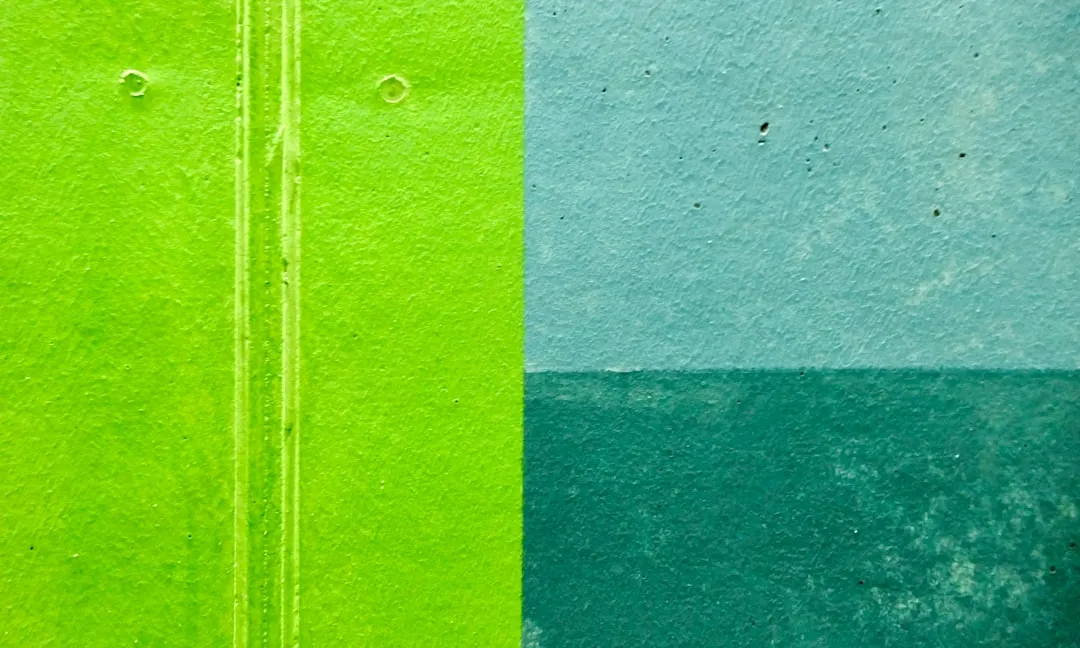

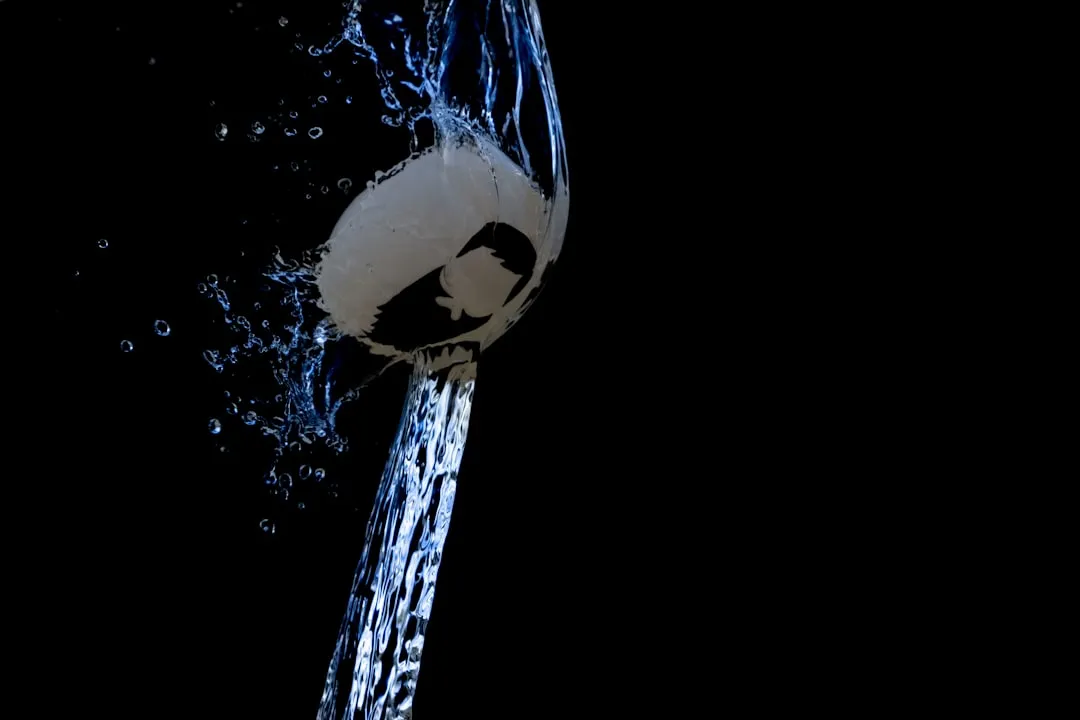
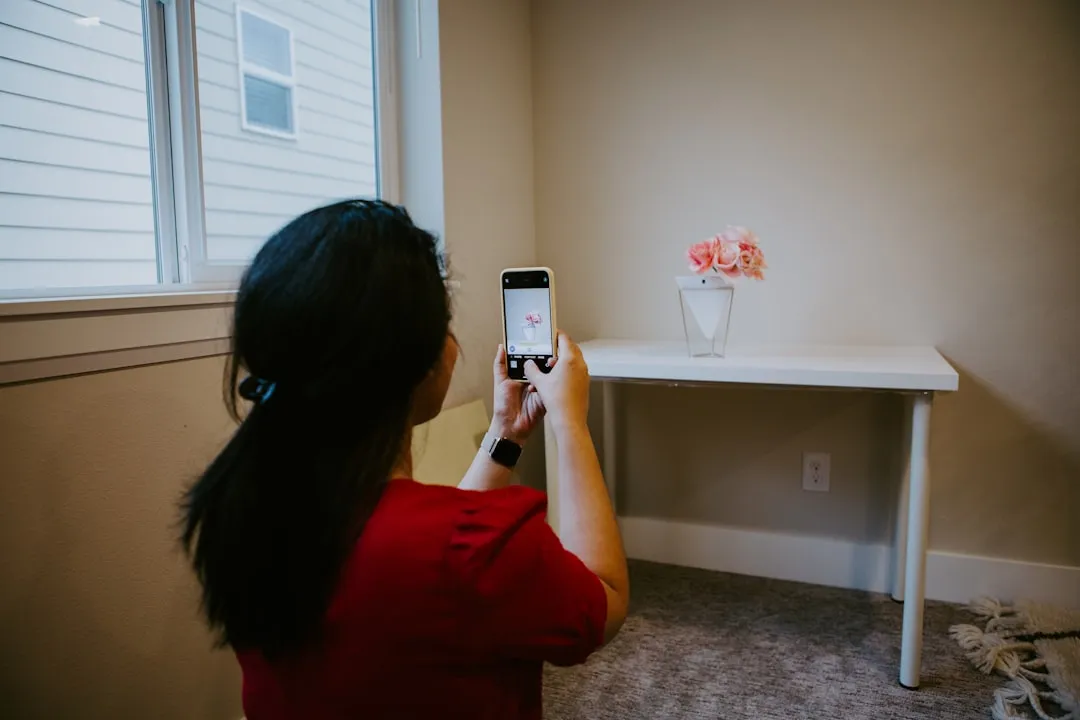
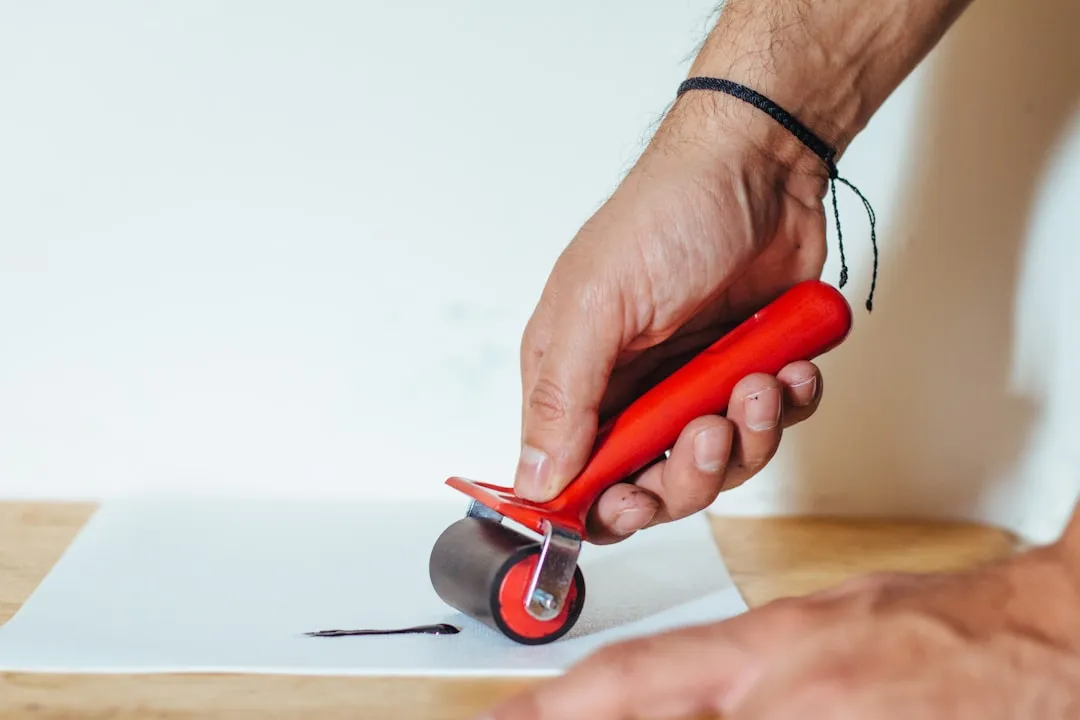
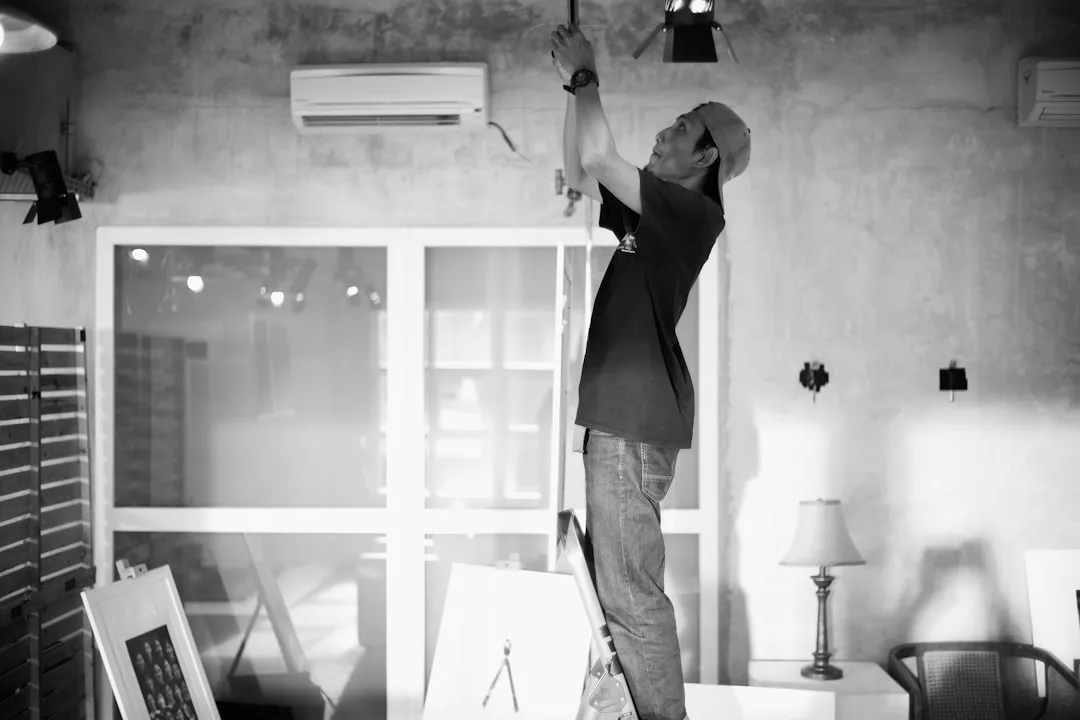

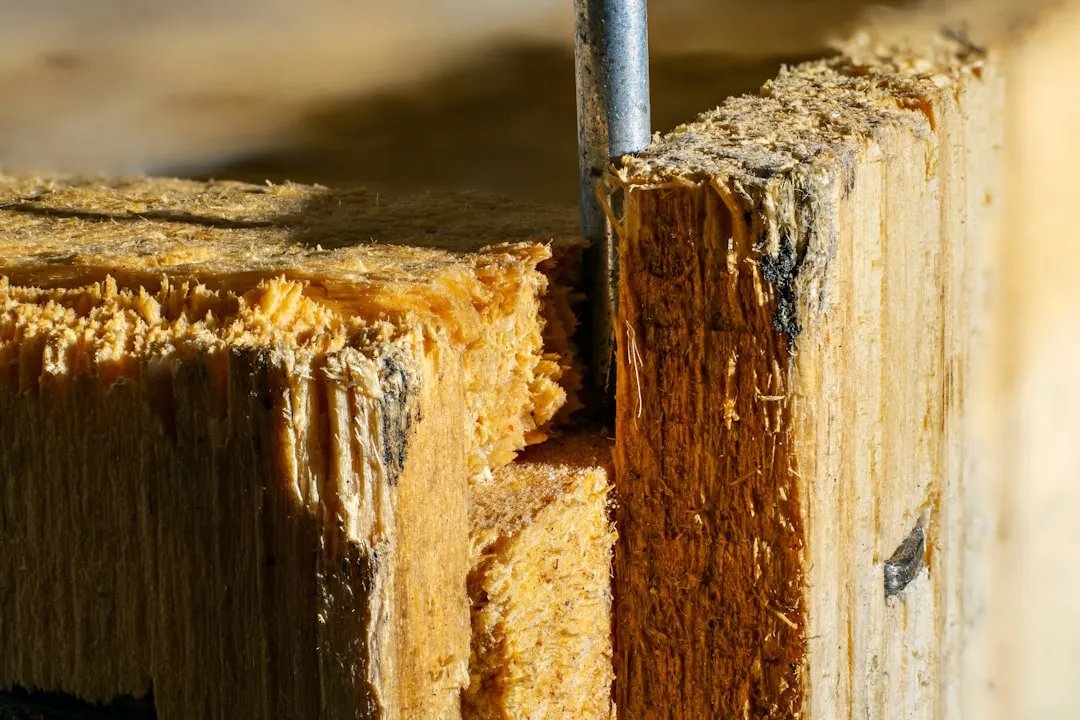


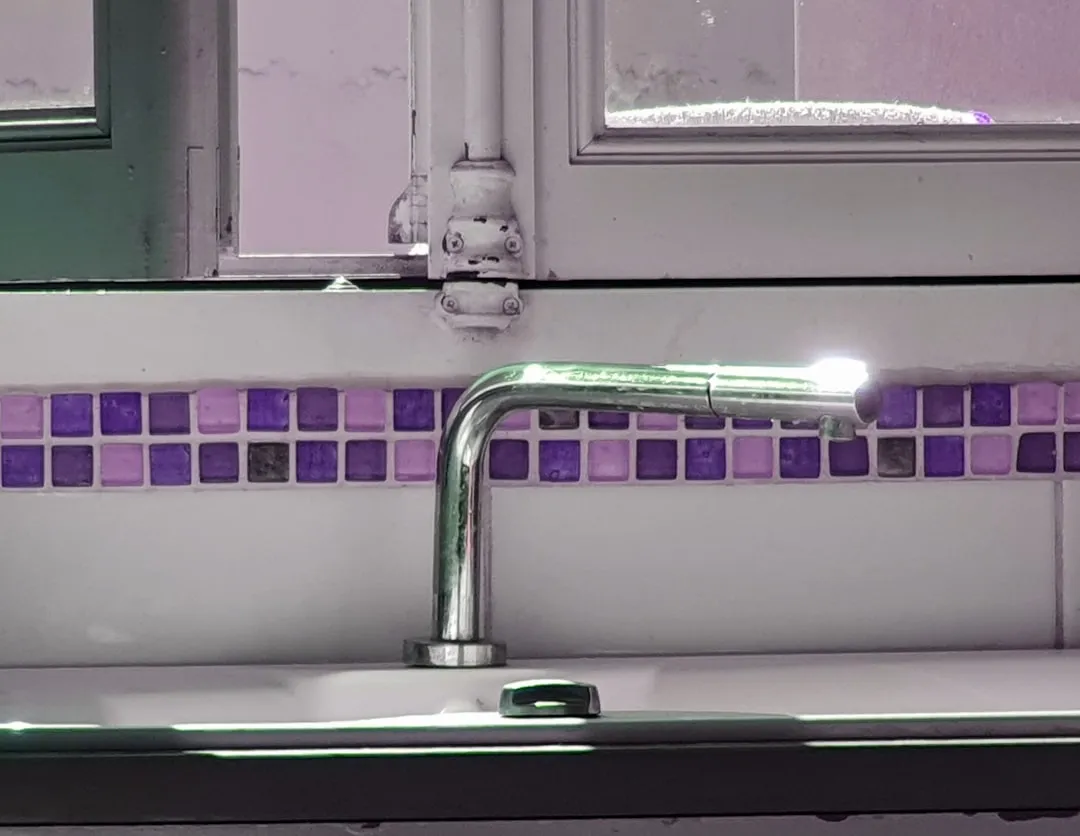
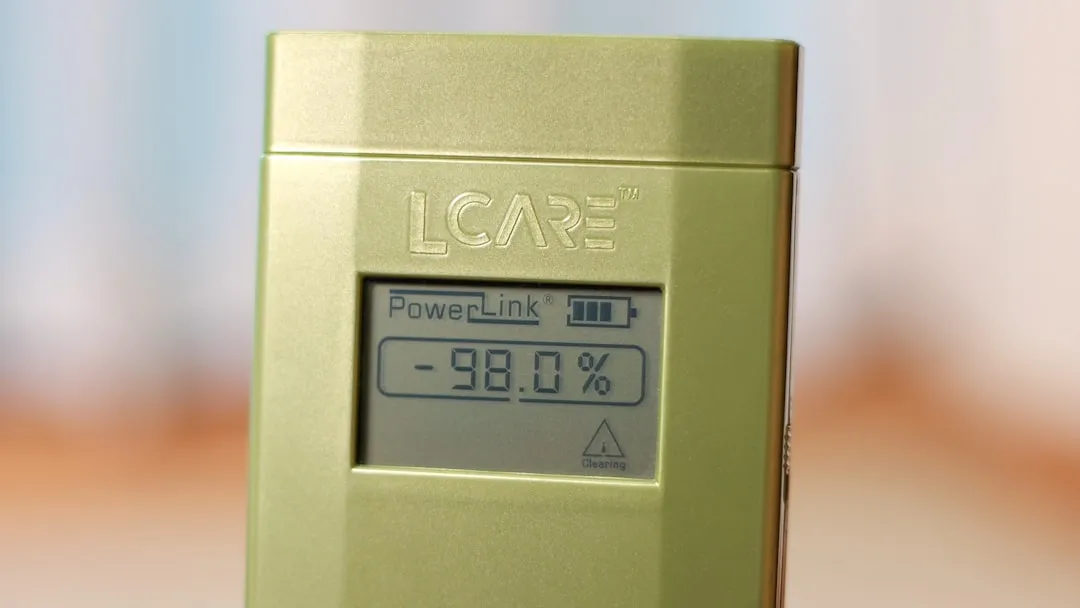
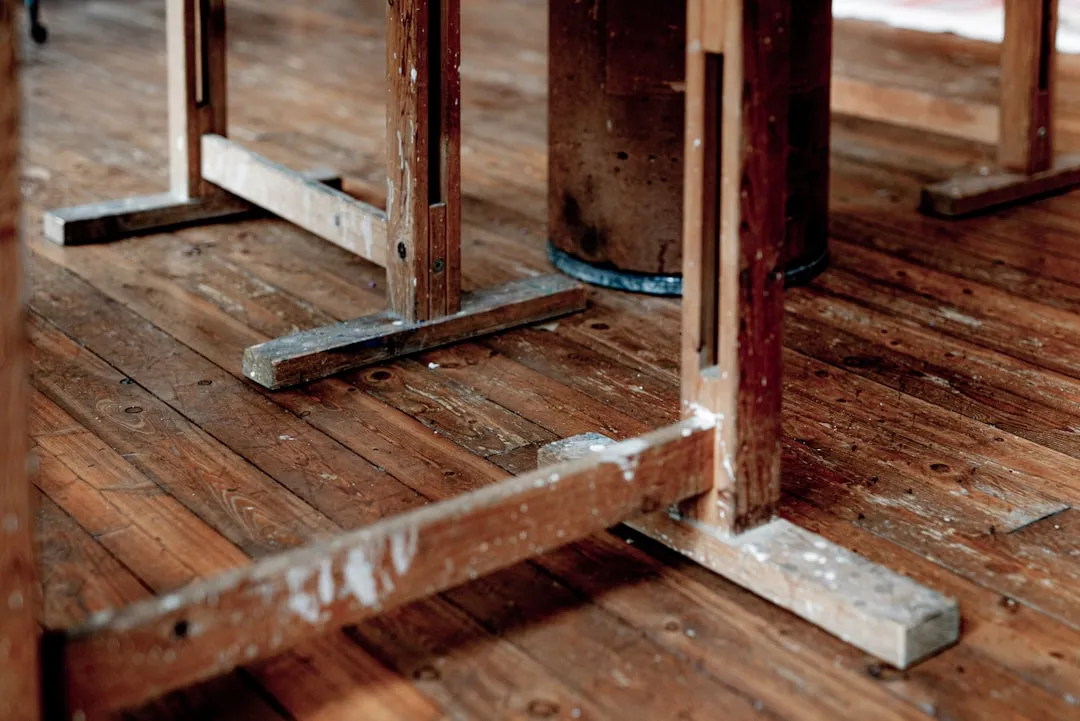
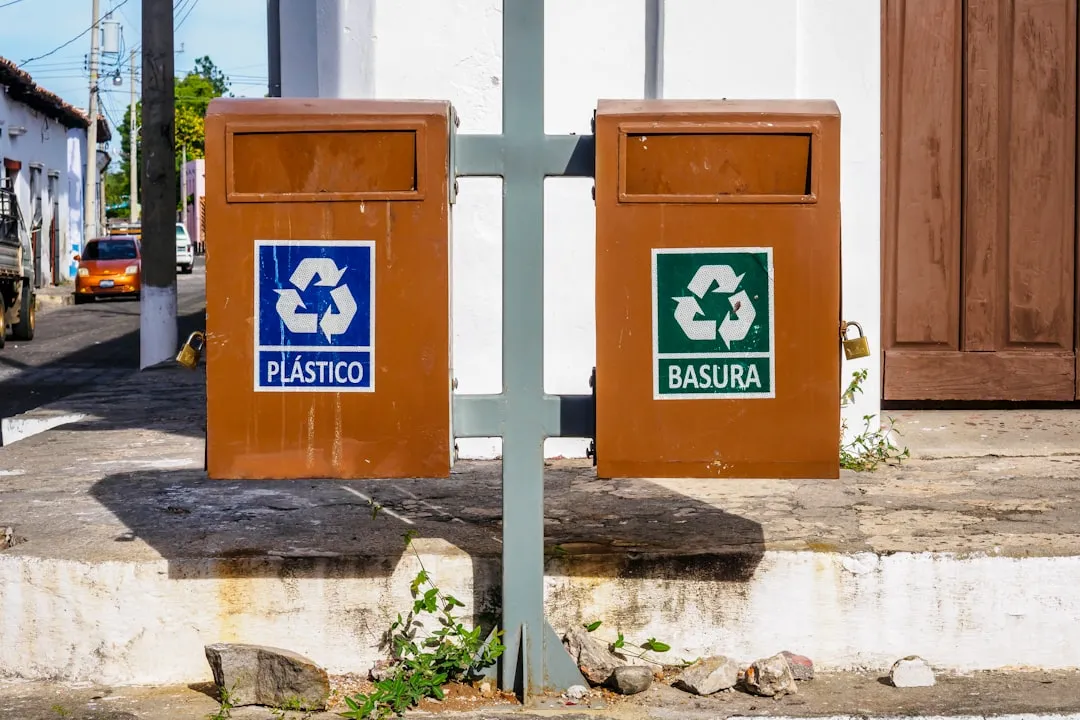

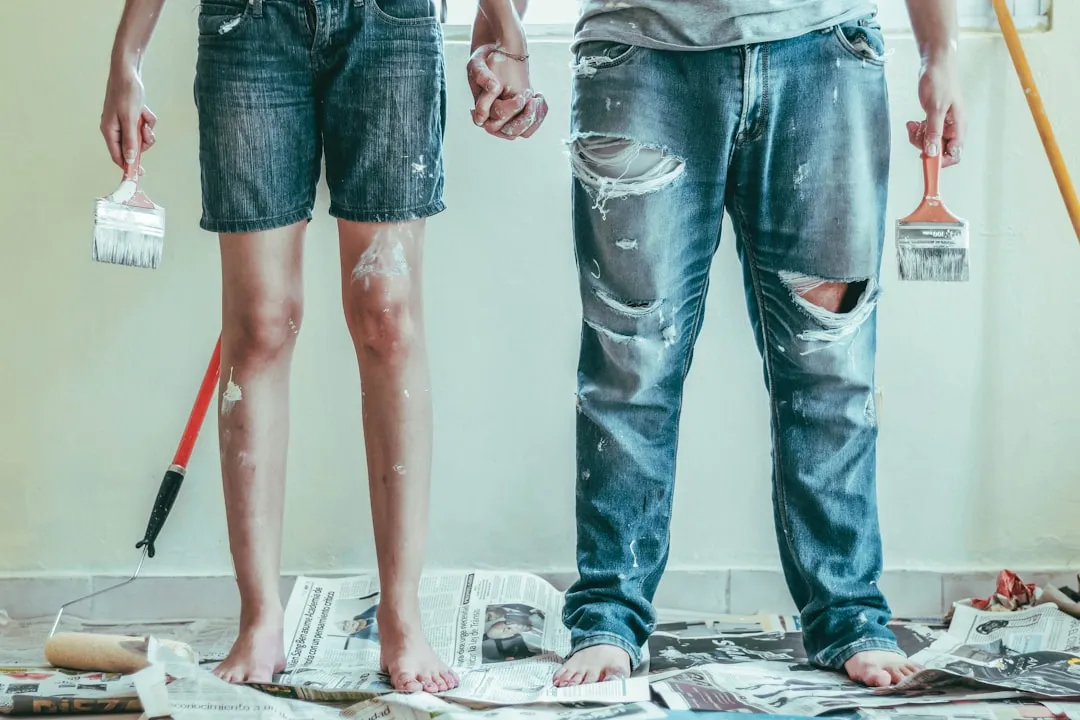
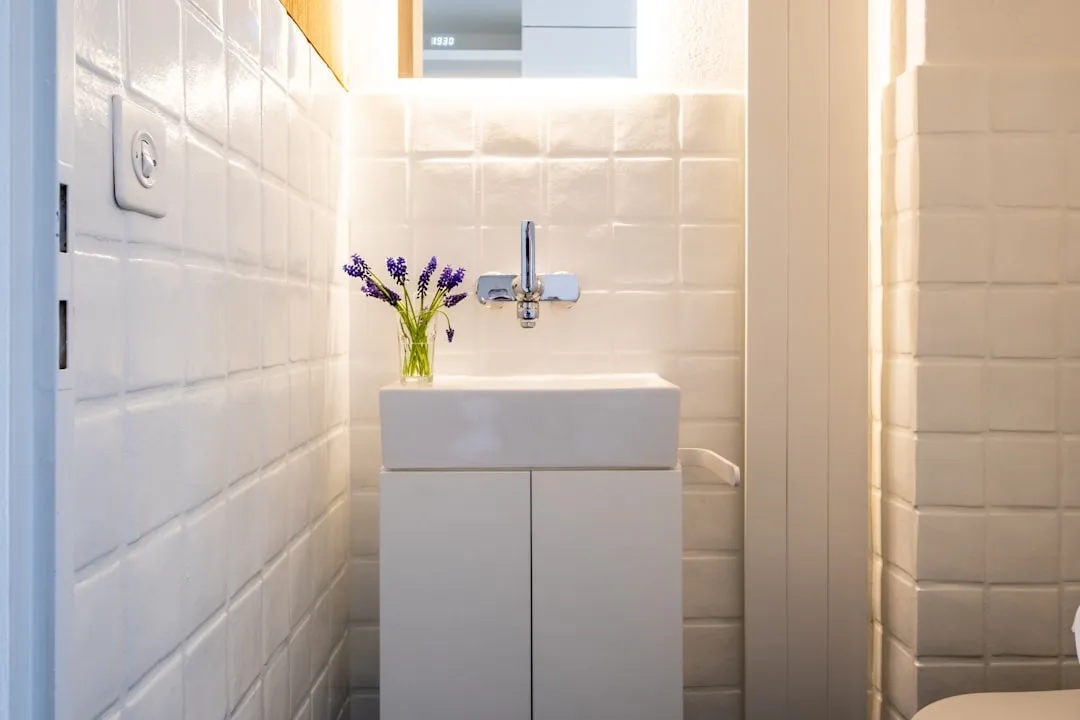
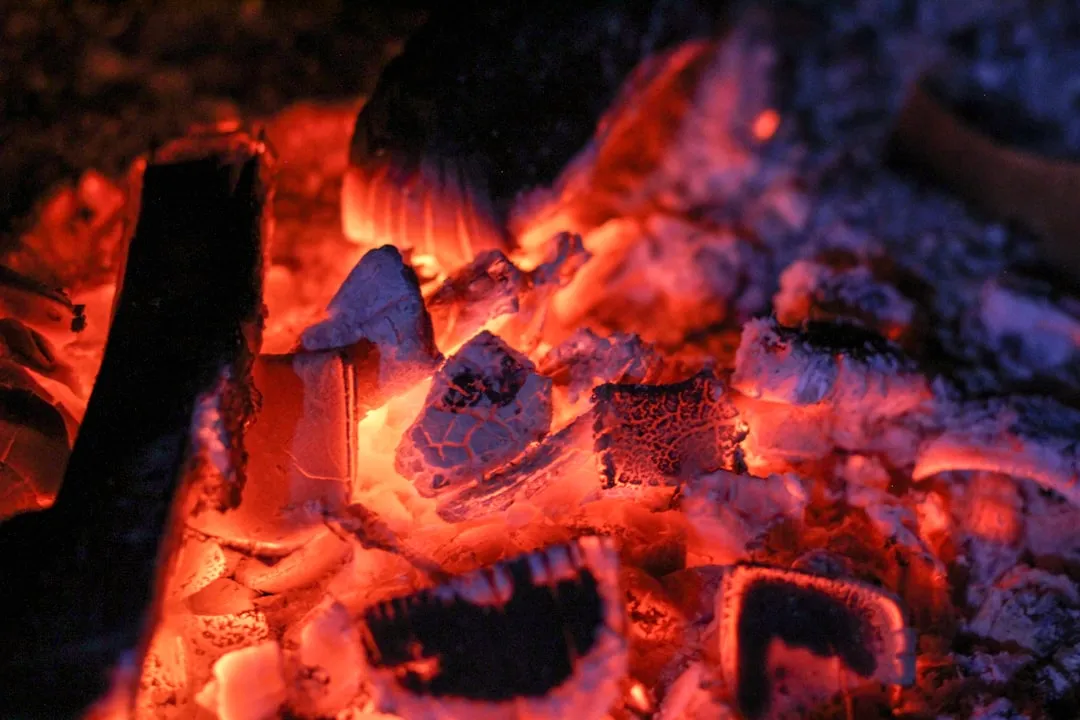

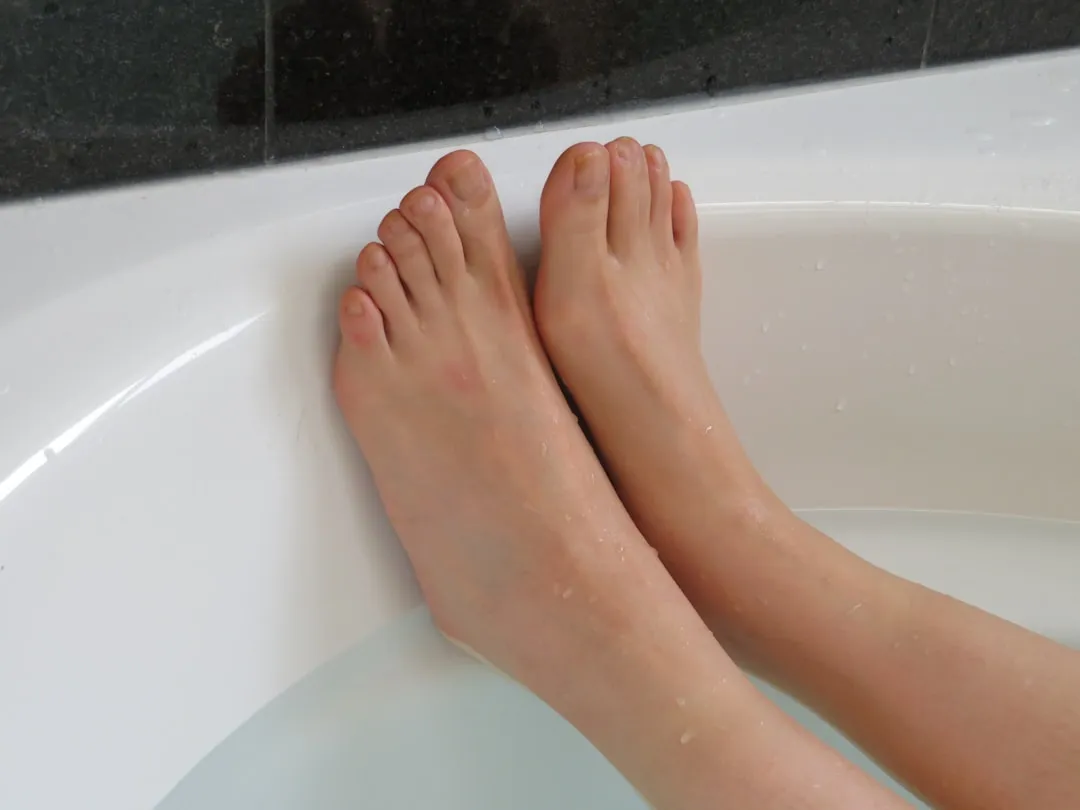
Comments
Be the first, drop a comment!